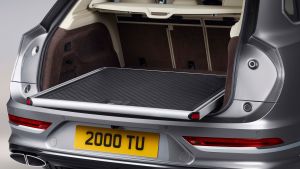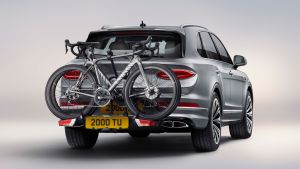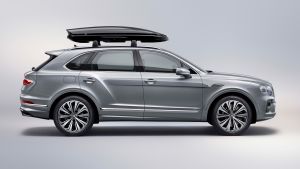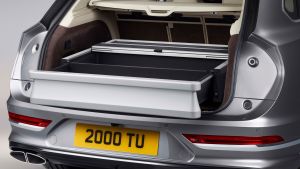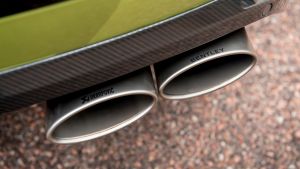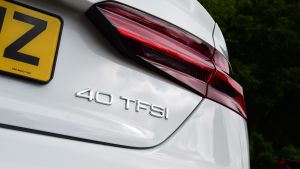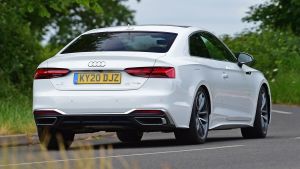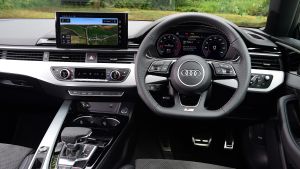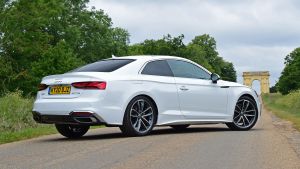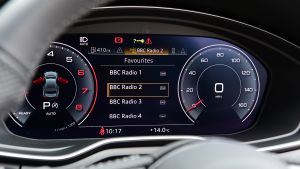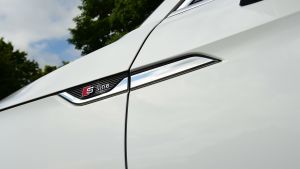https://ift.tt/2PdZChy
Mitsubishi will depart the UK and European markets in the near future, following confirmation that it won’t introduce any new-generation models to Europe or develop cars for the European market moving forward.
Its existing model line-up will remain on sale in Europe and the UK for as long as emissions regulations and residual stock levels will allow. UK dealerships - run by the Colt Car Company - will continue to offer after sales services, parts and servicing.
The announcement follows a bleak first quarter of the financial year, with the Japanese manufacturer suffering a £1.29 billion loss.
New Mitsubishi models destined for launch within the next few years will aim to maximise the company’s profits in South-East Asia – with the aim of increasing its market share in the region from 6.4 to 11 percent. Sales fell by 68 percent in South-East Asia during the first quarter of 2020, making it the worst-hit market in the brand’s portfolio.
In 2021, the firm will launch a replacement for the aging Outlander SUV, along with an all-new, pure-electric SUV for the Chinese market.
In 2022, Mitsubishi will also launch a new version of the L200 pick-up truck and a plug-in hybrid version of the fourth-generation Outlander. Then, in 2023, the firm will unveil the Xpander MPV and the new Pajero Sport SUV.
What does it all mean for current Mitsubishi owners? Check out our questions and answer below to see how Mitsubishi's exit affects you...
Will my warranty be affected?
Mitsubishi has committed to covering all existing and new-vehicle warranties for the full term. The decision means the company will have to strike a new deal with its UK importer, the Colt Car Company, but in any case, Mitsubishi customers will still need to be catered for.
It’s worth remembering that despite the European pullout, Mitsubishi isn’t like Saab or Rover, in that it will remain an ongoing concern elsewhere in the world. The company won’t want the PR heat that would come from not honouring existing warranties until they run out.
Will I be able to get my car serviced, and find parts?
Yes. Any deal between the Colt Car Company and Mitsubishi to honour warranty work will also include both servicing and parts supply. These are lucrative areas of the business, so both parties will want to ensure they continue for as long as possible.
What will happen if my local Mitsubishi dealer switches to another brand?
This is inevitable, in the medium to long term; dealerships could elect to stay with the Colt Car Company (CCC), if it signs a fresh import deal with another car manufacturer, but they may decide to switch altogether to an existing brand that wants to expand its UK network.

Both CCC and Mitsubishi are keen to ensure that owners won’t find themselves isolated far away from their point of service. So even if your existing garage does leave the CCC network, it’s likely that servicing centres will be set up. These could be smaller and easier to establish than dealerships, which means they could end up actually giving slightly better coverage than the current dealer network.
Should I reconsider buying a Mitsubishi?
The announcement doesn’t change anything about the company’s cars on sale today – and the Colt Car Company has around 15,000 vehicles in stock. But any relationship you enter with the brand is now, by definition, going to be finite; you shouldn’t do a deal on a Mitsubishi now, thinking that you’ll be able to trade into another one when your finance deal expires in three years’ time.
Mitsubishi’s financial recovery plan
Mitsubishi’s heavy losses for the first quarter of 2020 forced the company to trigger an intense cost-saving initiative, dubbed the “Small but Beautiful” business model.
The strategy, which focuses on minimising costs and maximising profit, will be rolled out over the next three years in an effort to reduce the company’s fixed costs by 20 percent.
Alongside the company’s gradual withdrawal from the UK and European markets, Mitsubishi will restructure its production staff, reduce research and development costs, issue significant salary reviews and close the firm’s Pajero factory in Sakahogi by 2021, with plans to assimilate the plant’s manufacturing duties into the firm’s Okazaki facility for improved production efficiency.
Mitsubishi Motor Corporation’s Chief Executive Officer, Takao Kato, said: "We will shift our strategy from all-round expansion to selection and concentration. First of all, we will complete our structural reforms and further strengthen our competitive areas – ultimately to build a corporate structure that can surely generate profits during this mid-term period."
Mitsubishi aren't the only car company having a tough 2020, check out the full story on Renault and Nissan's struggles here...
from Sitewide RSS feed https://ift.tt/315ApLB



